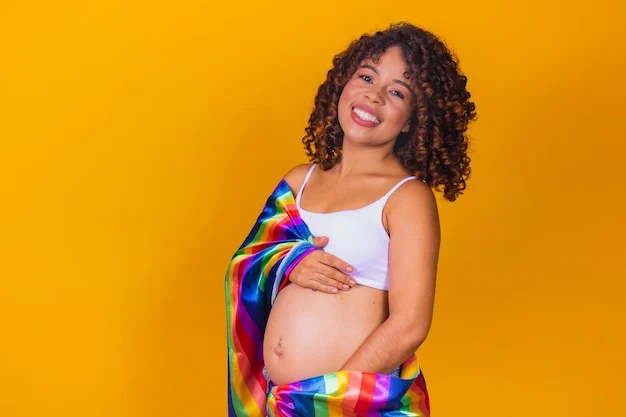So, you spot that adorable Indian costume at your local big-box store. It’s got those cute little black braids and a faux-leather dress. Your little one could totally rock the look of a mini Pocahontas. And hey, if you strap her on your back, you could channel your inner Sacajawea! How cute, right?
But wait—before you dive into that festive spirit, let’s chat about why dressing up this way is a big no-no. If you think dressing in redface is just a fun costume choice, you might want to reconsider. Most American Indians (the term they prefer) find these costumes deeply offensive. And it’s not just about slapping on some red paint, which, by the way, would be outright racist!
First off, you’re not just dressing up as a character; you’re embodying a culture. When people from the dominant culture (yes, that’s you!) do this, it’s known as “cultural appropriation.” You’re picking and choosing elements of a culture that you don’t belong to, often for profit or aesthetic reasons. And let’s be real, that costume you bought isn’t doing justice to the rich diversity of American Indian cultures. They don’t all sport two braids and leather skirts, just like not all Europeans ride unicorns and drink tea (although that would be entertaining).
Can You Name the Tribes?
Here’s a quiz for you: Can you name the tribes Pocahontas and Sacajawea belonged to? Pocahontas was from the Powhatan tribe, specifically Mattaponi, and her real name was Matoaka. Sacajawea was Shoshone and lived a complex life as a woman who was purchased as a slave. Spoiler alert: It’s likely you didn’t ace that quiz, and that’s okay! Most of us are guilty of lumping together these rich cultures into one stereotype.
When you dress your kid as an “Indian,” you’re not just picking a costume; you’re perpetuating stereotypes about an entire group of people. Imagine if you dressed up as an Australian or an African in a way that reduced their culture to a caricature. You’d probably get some serious side-eye, right? Now, consider how it would feel to run into an actual American Indian elder while your kid is decked out in that costume. Would you feel proud explaining that you dressed them as a girl who was captured at a young age or that your outfit represents a history of violence against their people? Probably not.
And let’s not forget those sexy Indian costumes that seem to pop up every Halloween. They reduce an entire culture to an object of desire, which is particularly jarring given the historical context of sexual violence against American Indian women. You really don’t want to trivialize such a serious issue, do you?
The bottom line is, there’s no way to wear an Indian costume without being offensive. Some folks might say it’s just a costume, but remember: you’re shaping how your children view American Indians. Do you want them to think they all wear tomahawks and live in teepees? Or worse, erase centuries of history with a “trick or treat”? Perceptions matter, and so do costumes.
So, let’s steer clear of redface this Halloween.
For more thoughtful discussions and resources about parenting and home insemination, check out this post for valuable insights. Plus, if you’re interested in fertility options, Make a Mom has some great information. And for those looking for pregnancy-related content, Rmany is an excellent resource.
In summary, dressing up in Indian costumes is more than just a fashion choice; it’s a reflection of cultural misunderstanding and insensitivity. This Halloween, let’s choose costumes that respect all cultures and promote understanding rather than stereotypes.
